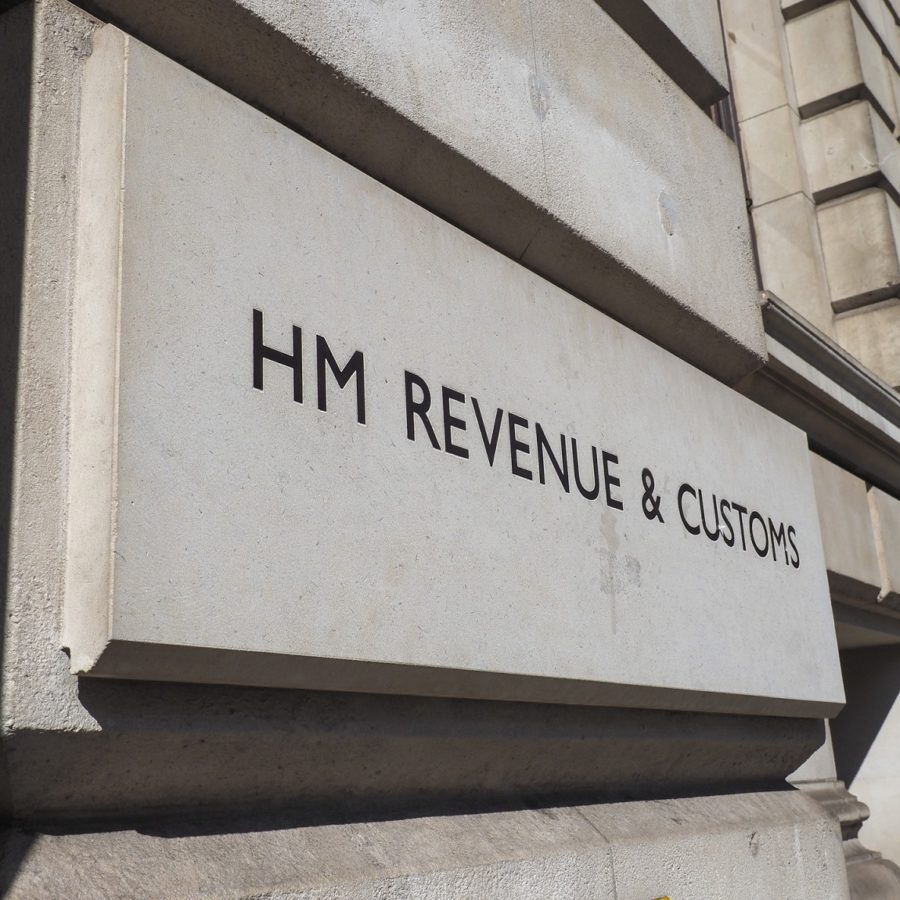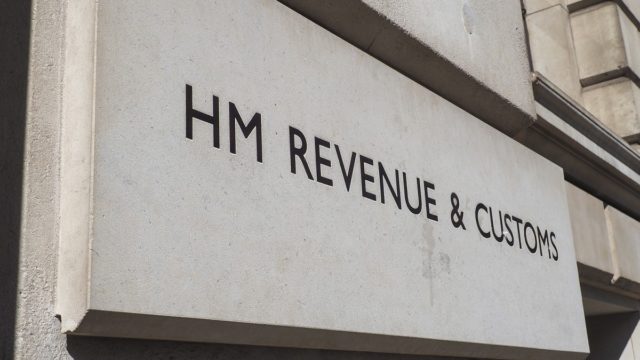Fairer Taxation? The Case For and Against More Progressive Consumption Taxes in the UK
 Pub. Date
Pub. Date
19 October, 2022
 Pub. Type
Pub. Type

Executive Summary
- The UK’s income and consumption taxes are broadly progressive, yet asset and income inequality is worsening for many households across the country. This report reviews how a progressive consumption tax (PCT) could be implemented, how the transition from the current system could be taken forward and investigates the distributional consequences of introducing such a tax. It finds that a direct consumption tax could be implemented without a loss of tax revenue and that it can be modelled in such a way as to reduce inequality if that is a desired policy outcome.
- Direct consumption taxation is distinct from an indirect tax on current expenditure such as Value Added Tax (VAT) because it is a tax on an individual’s total consumption across a year, rather than taxation at the point of expenditure every time a purchase is made. A PCT, suitably designed, enhances welfare in three ways. First of all, it helps households to smooth their consumption over the life cycle. The reason is that consumption tends to increase steadily with age up to the mid-40s and then decrease sharply later in life, but people experience higher lifetime satisfaction when they are able to engage in more stable consumption throughout adult life.
- A PCT evens out consumption over time because it allows individuals to earn and save during their working life without tax disincentives and plan smooth consumption paths over their lifetime. Furthermore, progressive taxes on consumption only set in once a certain threshold is reached (e.g. a tax-free threshold of £100 per week), which enables low-income households to consume more of their income.
- Secondly, a PCT enables households to make more flexible decisions about the balance between labour and leisure by incentivising employment for all households, not only low-income households but also higher income ones because their labour is not taxed, only what they consume. Thirdly, a PCT enables households to accumulate wealth because it generates incentives to increase saving for all income groups.
- Our research analyses three different types of PCT: (1) replacing VAT and consumption duties with a direct 15 per cent flat-rate tax on consumption; (2) replacing VAT, consumption duties and direct income taxes and national insurance contributions, off-set by flat-rate direct consumption tax rate to 41.3 per cent; (3) replacing indirect consumption and direct income taxes with a progressive, direct consumption tax, which consists of a flat-rate direct consumption tax rate of 78 per cent and adds a tax-free threshold (£100 per week) to the direct consumption tax.
- Based on data that covers approximately 40,000 individuals (aged 18 or above) from 20,000 households and that is representative of the entire UK population, our research compares the three types of PCT over a 30-year simulated time horizon. We conclude that (3) a progressive, direct consumption tax, has several advantages compared with (1) and (2). One advantage is that it supports higher consumption early in life when households tend to have lower incomes but higher needs (e.g. the costs of housing and child-rearing).
- Another advantage is the reduction in hours worked before the age of 25 and from the age of 55. While this means increased hours during prime working years between the ages of 25 and 55 (about 1.5 hours more), it does mean greater flexibility between labour and leisure at the start of working life and before retirement. A third advantage is that the minimum threshold for tax payment (£100 per week) allows households in the bottom 20 per cent of the income distribution to respond to savings incentives and increase their assets while also benefitting from bequests at prevailing rates of inheritance tax.
- Introducing a progressive, direct consumption tax raises a number of transition issues, such as whether it would apply in the same way to imported goods and services, how to avoid double taxation for pensions and registered assets and how to address differential capital taxation (e.g. corporate capital vs housing and inherited capital). One way of dealing with these transition issues is to phase in gradually a progressive, direct consumption tax, which would help people who maintain a high level of consumption from inherited capital. That is because moving from one tax system to another will change assets value, imposing a burden on wealth accumulated before the reform and on the generation who holds the capital at the time. Another way is to allow for exemptions, especially tax-free thresholds.
- While the benefits of a progressive, direct consumption tax are clear, it is also the case that such a system has drawbacks, such as a long transition, the difficulty of distinguishing different kinds of income and expenditure (e.g. inheritance) and questions related to cross-border movements of goods and services.
- But at a time of increasing income and asset inequality, introducing a progressive, direct consumption tax would help poorer households consume more tax-free, have greater incentives to increase hours worked and save more, all of which would reduce wealth disparities.

















